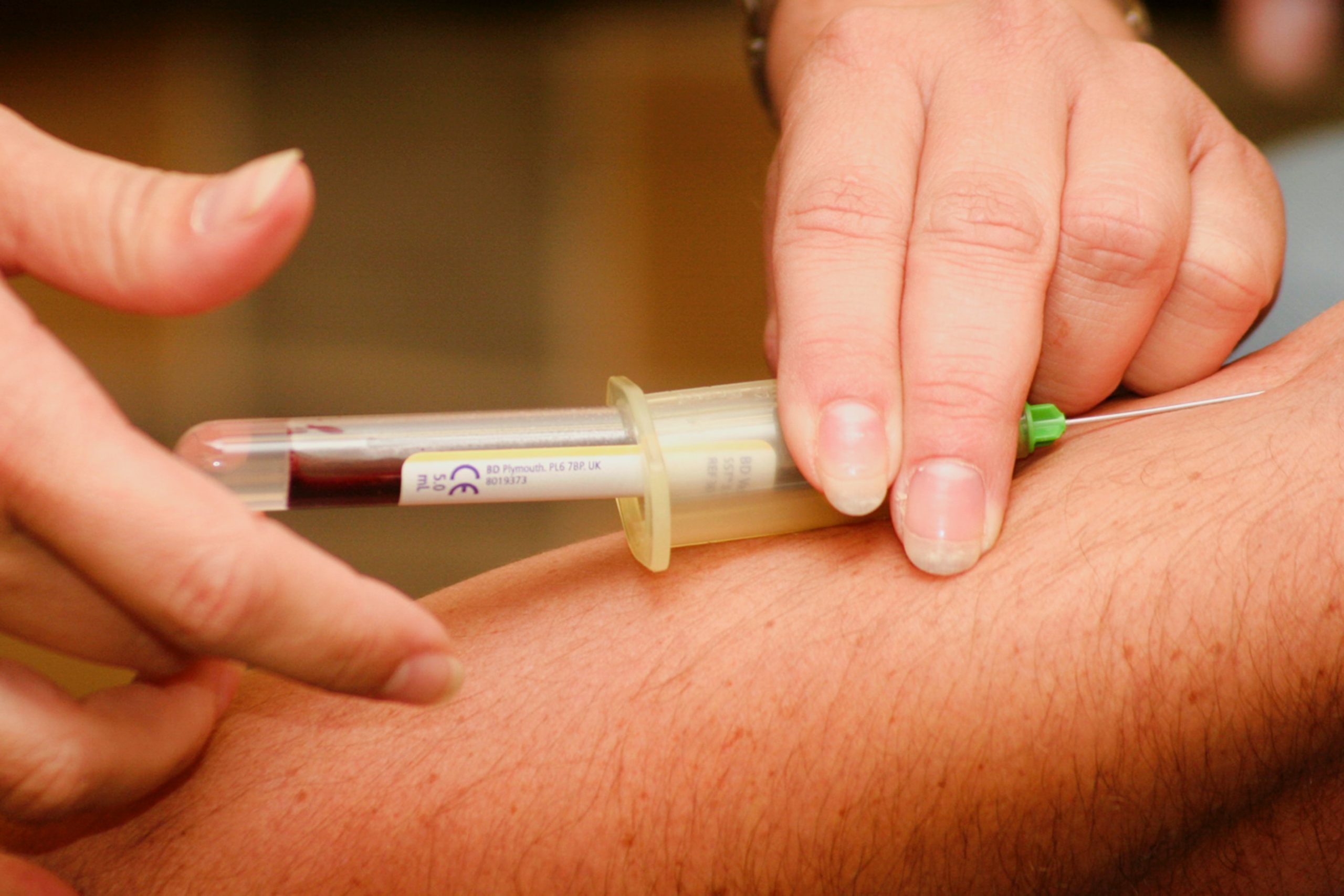I’d be happy to help you with that! Here’s a sample article on “The Importance of Blood Transfusion Safety for Women’s Health”:
Blood transfusions are a common medical procedure that involve the transfer of blood from one person to another. While they can be life saving in certain situations, they can also pose risks to patients, especially women. In fact, studies have shown that women who receive blood transfusions are at a higher risk of developing complications than men.
One of the biggest risks associated with blood transfusions is the potential for transfusion reactions, which occur when the recipient’s immune system reacts to the transfused blood. These reactions can range from mild to severe and can cause symptoms such as fever, chills, and difficulty breathing. In some cases, they can even be life-threatening.
Another risk of blood transfusions is the potential for bloodborne infections. While the risk of contracting an infection from a blood transfusion is relatively low, it still exists. This is why blood banks and hospitals have strict screening procedures in place to ensure that donated blood is free from infections such as HIV, hepatitis B, and hepatitis C.
Women are particularly vulnerable to the risks associated with blood transfusions. For example, women who have recently given birth are at a higher risk of developing transfusion reactions due to changes in their immune systems. Additionally, women who have undergone gynecologic surgery or other procedures that involve the uterus or cervix may be at a higher risk of developing infections from blood transfusions.
To mitigate these risks, healthcare providers need to be vigilant when it comes to blood transfusion safety. This includes ensuring that all donated blood is properly screened and tested for infections, as well as monitoring patients closely for signs of transfusion reactions.
Patients can also take steps to protect themselves when it comes to blood transfusion safety. For example, patients should always ask questions about the transfusion process, including how the blood was screened and what steps are being taken to prevent infections. Patients should also report any symptoms they experience after a blood transfusion, such as fever or difficulty breathing, to their healthcare provider immediately.
In conclusion, blood transfusions can be life-saving procedures, but they also pose risks to patients, especially women. It is essential that healthcare providers and patients alike take steps to ensure blood transfusion safety, including proper screening and monitoring for transfusion reactions and infections. By doing so, we can help ensure that this important medical procedure remains safe and effective for all patients, regardless of gender.




